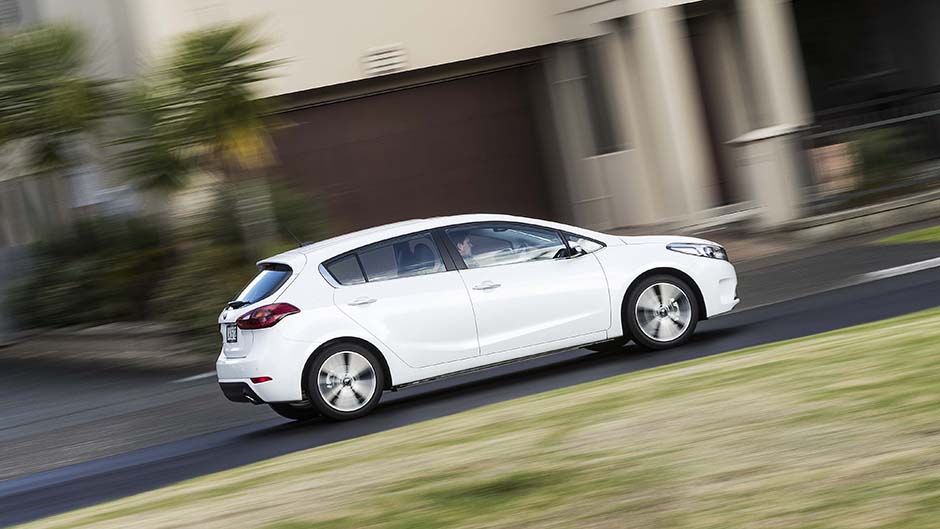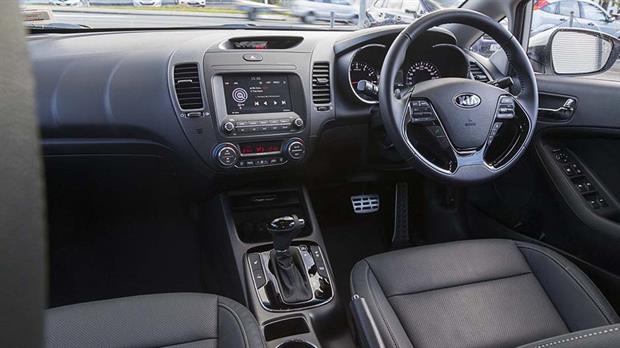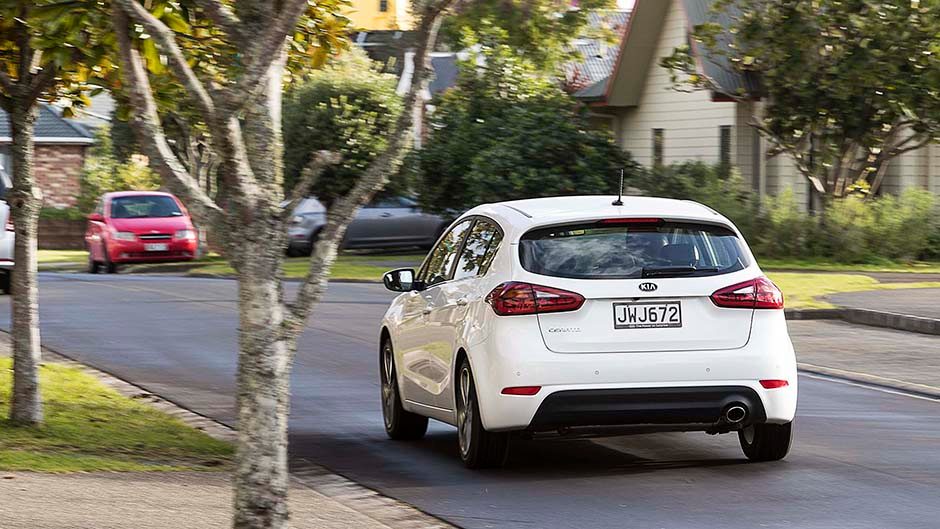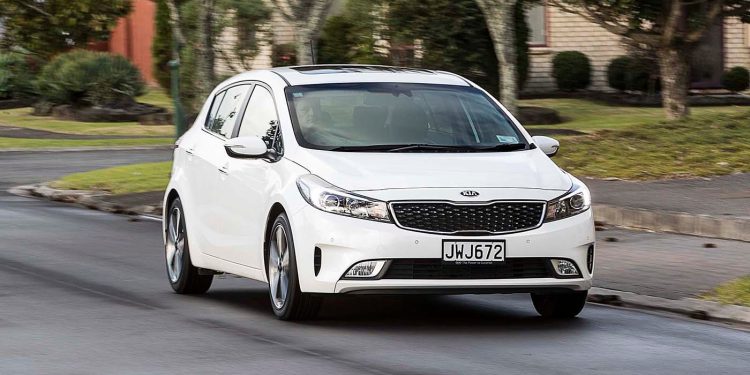2016 Kia Cerato Limited review
Words: Kyle Cassidy | Photos: Tom Gasnier
Kia hones its compact battler adding refinement and specification to the good looking Cerato
Kia’s new Sorento, launched last year, was the first product to emerge from the brand’s new Global Quality Centre. The mission of the new department, as its name suggests, is to ensure top quality standards and the concentrated drive has paid off with Kia earning itself the number one spot in the most recent J.D. Power Initial Quality Study in the US. Apparently it’s the first time in 27 years that a ‘mainstream’ brand has nabbed first place, with Kia beating out Porsche, the table topper for the past three years. And this quality drive is evident in the made-over Cerato too. Along with a new frontal treatment and a 2.0-litre engine across the range, there are many additions to the spec sheet.

Cerato is again offered in hatch and sedan body styles and we took a look at the range-topping five-door. While changes are not overly evident at first glance, the front end gains new headlights and LED running lights, while they’ve reshaped the grille to match the new bonnet and bumper. Where there was both a 1.8- and a 2.0-litre engine option, there is now just the latter, but it’s not quite the same either. The previous 2.0-litre was a direct injection unit, the ‘new’ one isn’t. Still, it has more power than the old 1.8, with 112kW and there’s 192Nm’s worth of torque.
The engine gets revised valve timing, induction and cooling systems and they’ve honed the internals to reduce friction. Kia rates it at 7.1L/100km overall. The engine is a smooth, hushed runner until pushed beyond 4500rpm, which it needs to effect the overtake, but it spins freely for a mass-market mill. General around-town running it handles happily with the first few thousand revs and you don’t feel the need to wring its neck to get moving. It will return consumption figures in the eights for commuting duties, no eco driving tricks required.

The six-speed auto remains, though gains variable drive modes; dial up Eco in traffic, Sport when in the hills. The auto is smooth enough and answers the call of the throttle, kicking down when given a bootful in Sport mode and, though it has shift paddles, we didn’t feel inclined to use them. The electric steering is said to have been improved to increase its ‘response’ but it never manages to shake a slight artificial feel to its weighting around centre. It’s not bad though, pointing the Cerato through curves in an accurate fashion, but neither is it class leading.
The suspension gets the usual Australasian re-tune from Kia’s outpost across the ditch, which aims to soothe the ride and improve handling. The former is largely sorted and it’s hushed on the go too while the Cerato remains well behaved in corners; the torsion beam rear end won’t wander about the place, weight transfers are easy to manage and grip levels reassuring. Well, at least on dry surfaces as the Nexen rubber isn’t as convincing when the going gets slippery. Cerato does most things in a not-too-shabby fashion. It neither disappoints nor excites; it just gets the job done.

There are three trim levels, starting at the $31,990 for the LX, moving up to the $36,990 EX and then the $39,990 Limited. Standard is a seven-inch screen with a reversing camera, front and rear sensors, even a smart key, Android Auto for smartphone connectivity (sorry Apple slaves) and a five-star ANCAP safety rating. The EX gains leather trim, blind spot monitoring and rear cross traffic alert, while Limited adds lane departure and a forward collision warning system, along with heated front seats and a ventilated and electrically adjustable driver’s seat. There’s a sunroof too.
The Limited manages to pack a lot in and, compared with a high-end Corolla, you’re getting a lot of gear for the money. The leather has a decidedly premium feel to it, as do most touch points around the cabin, especially given the class and price asked. The build is sound and there are plenty of practical, useful storage spots. Seats might not be the most comfortable but the rear accommodation is spacious, with knees clear of the front seats and though a sunroof is present you’re not struggling for head room either. The rear seat only folds partly flat but does so easily and while the boot is wide, it could have been deeper as a full size spare is included.





